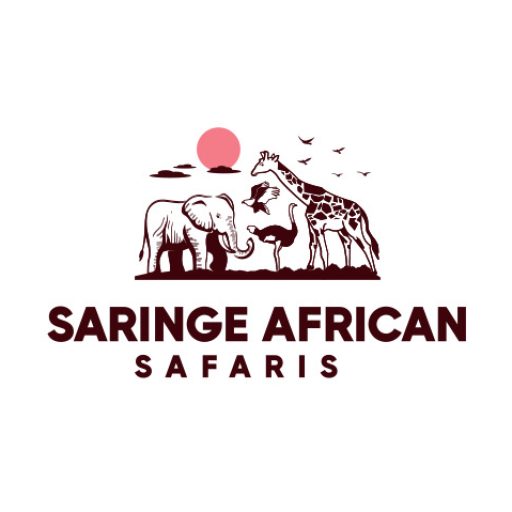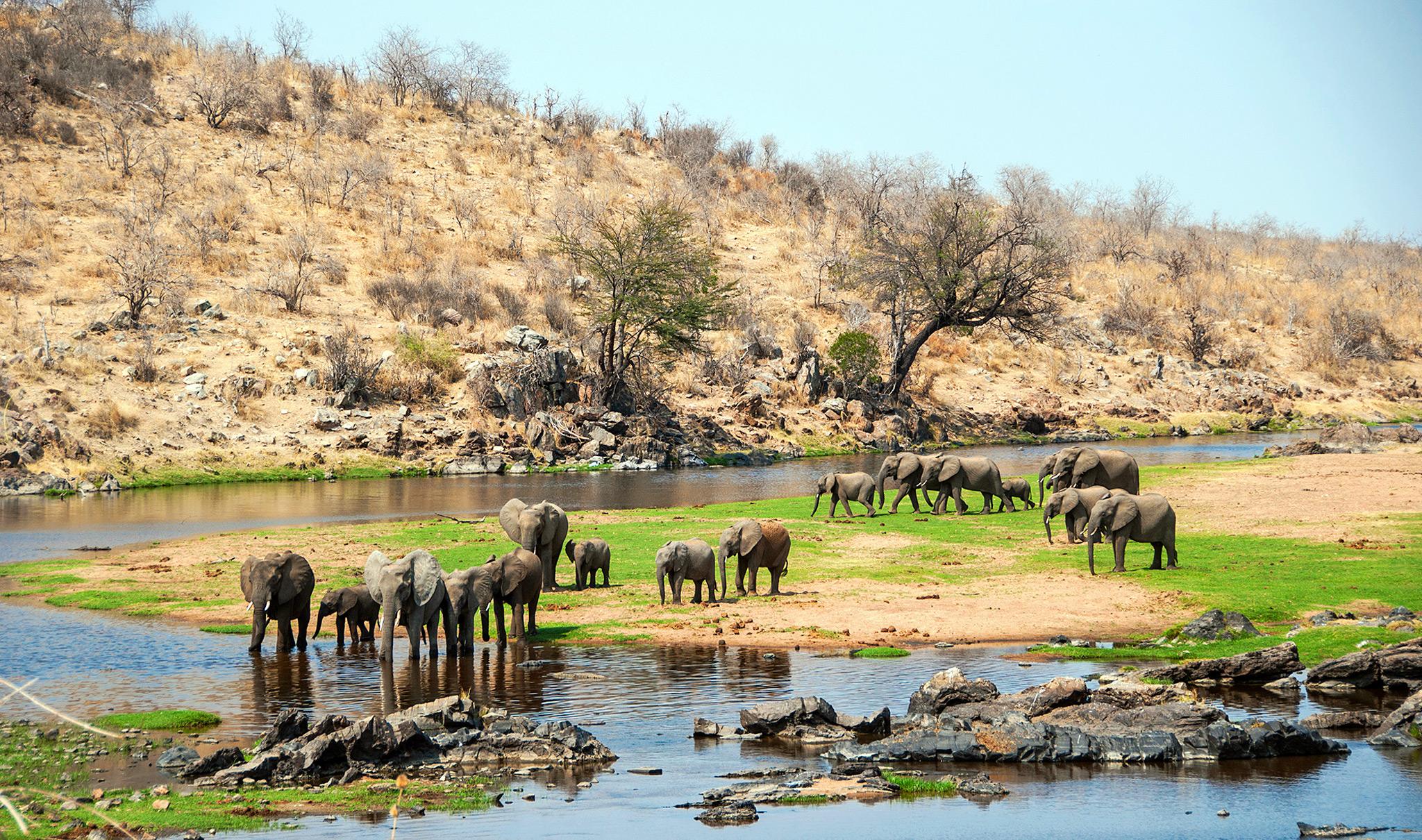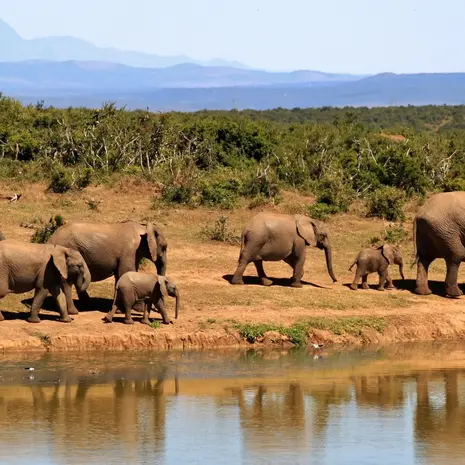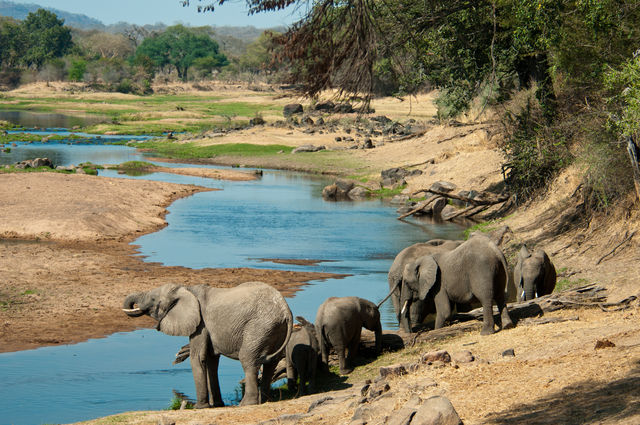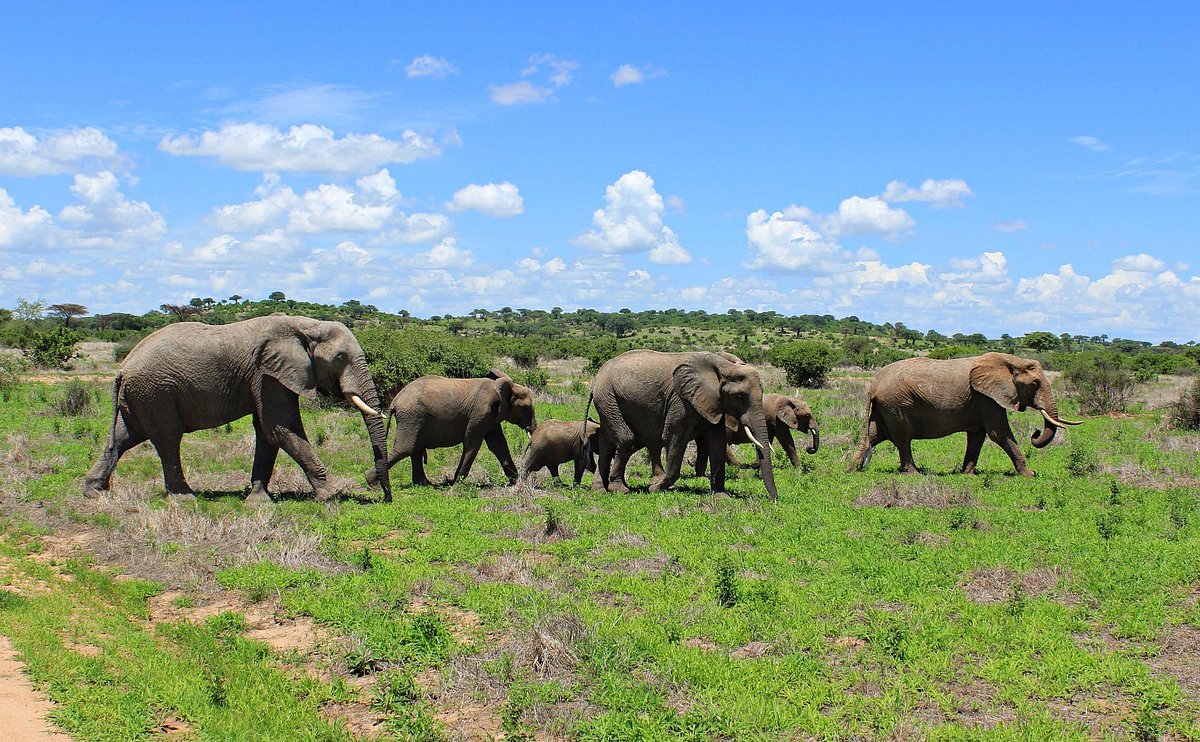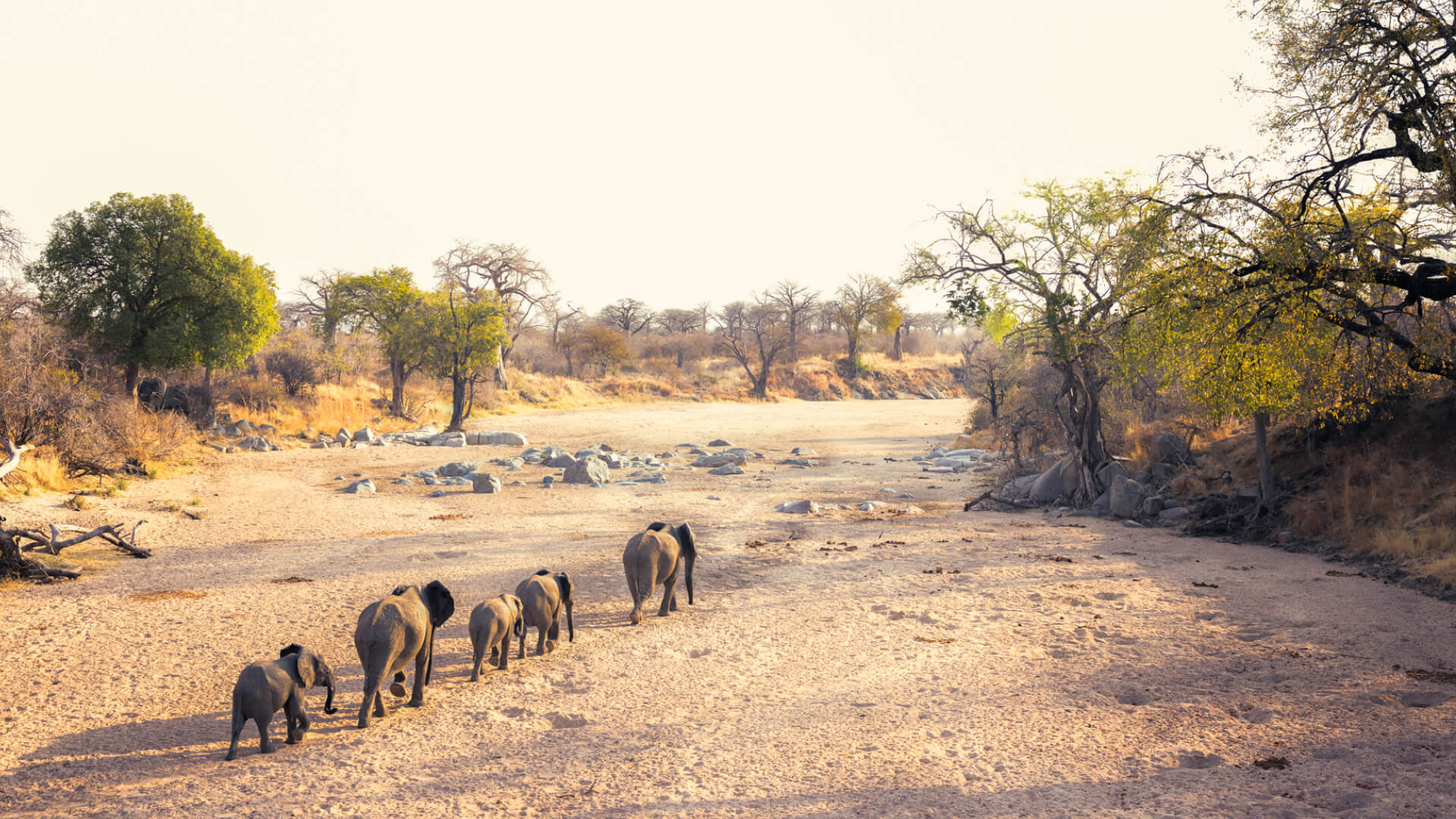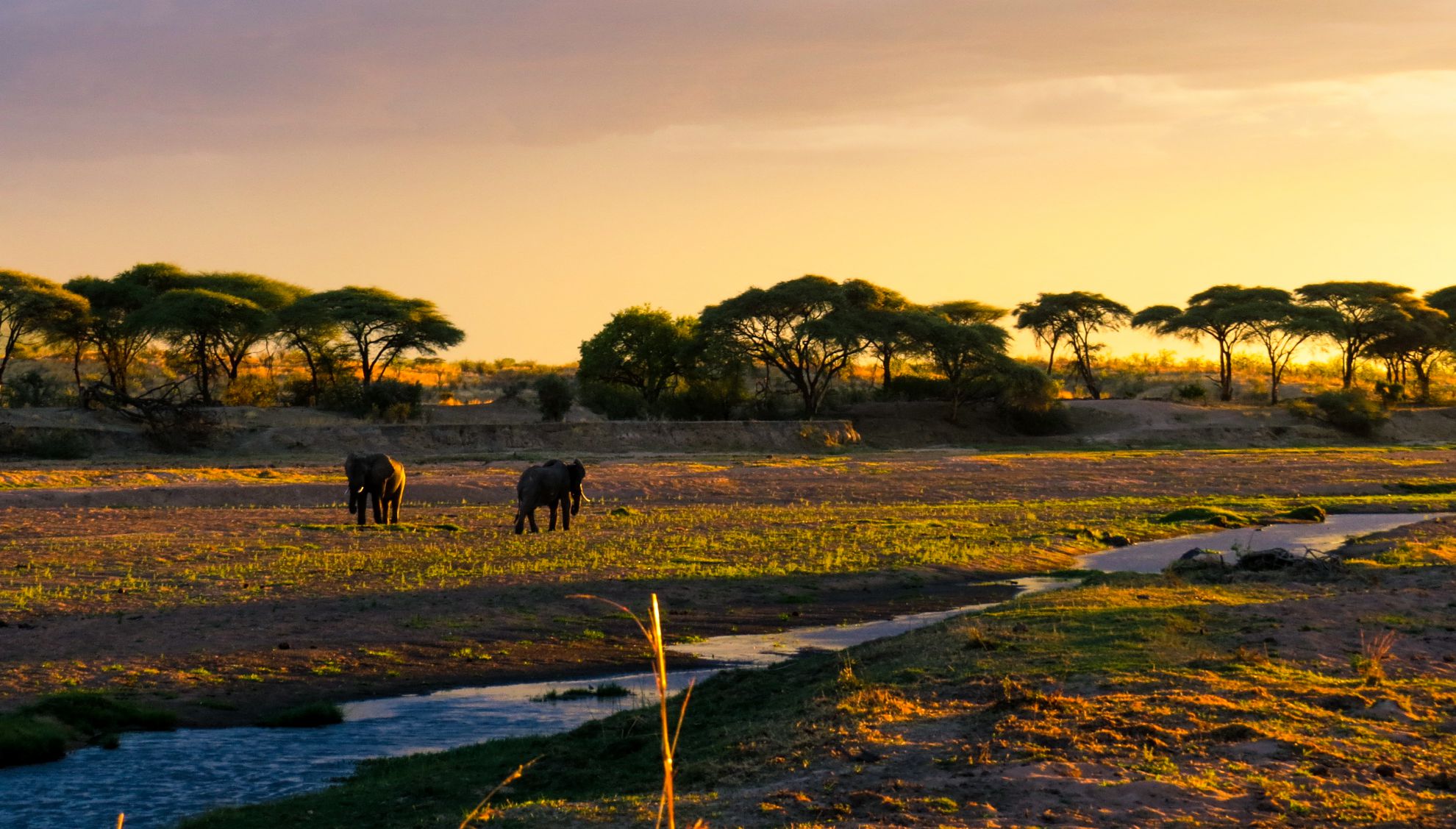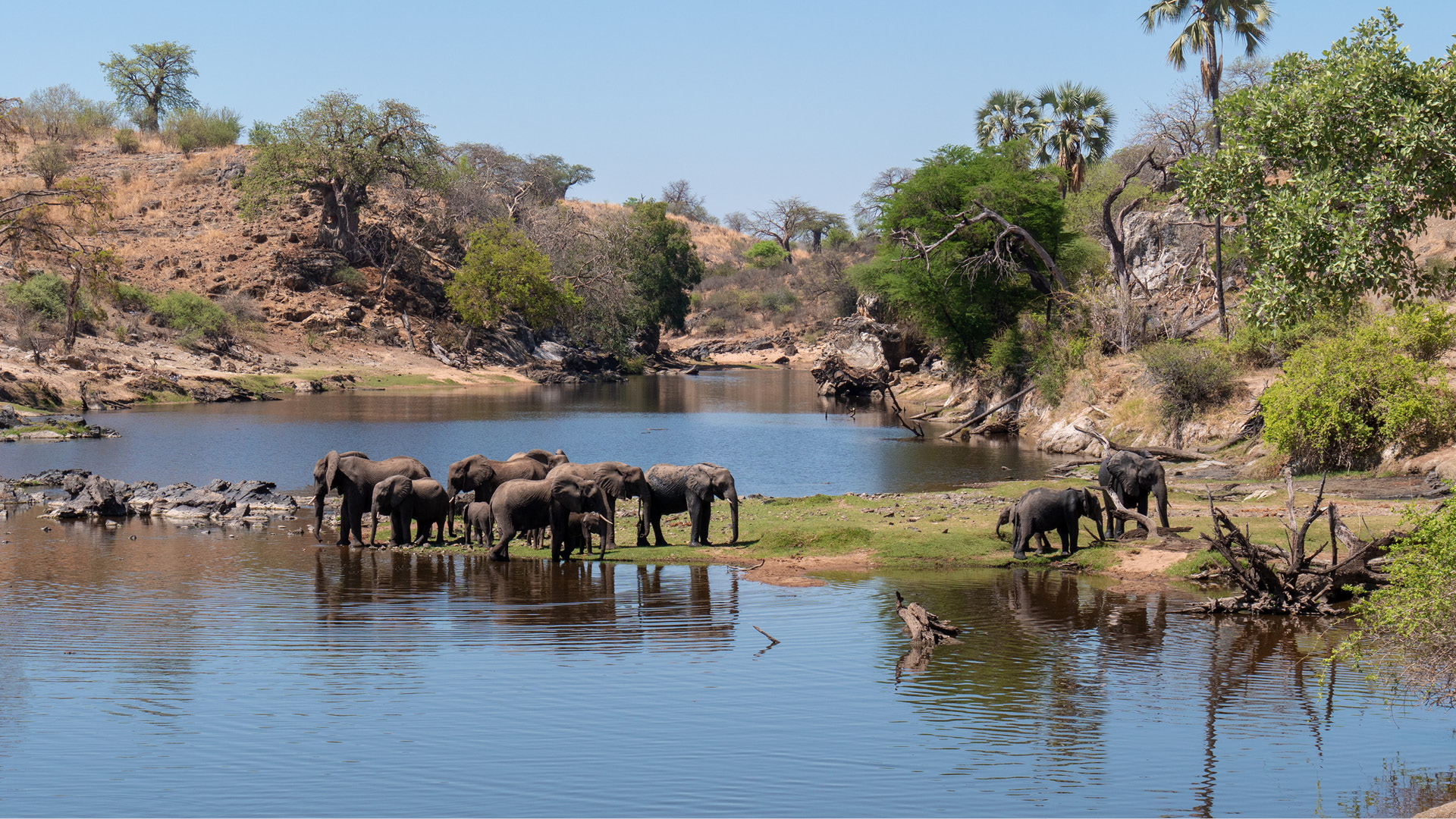Ruaha National Park
Ruaha National Park
Ruaha National Park, established in 1964 and covering over 20,226 km² in southern Tanzania, is the country’s largest protected wildlife area and one of East Africa’s most expansive wildernesses . Named after the Great Ruaha River, which serves as a vital water source during the dry season, the park is a breathtaking mosaic of savannah plains, rolling hills, dense Miombo woodlands, ancient baobab trees, and winding river systems . Exceptionally rich in wildlife and remarkably uncrowded—with only a fraction of the visitors that Serengeti receives—Ruaha offers an authentic, high-impact safari experience. Renowned for its large herds of elephants, extensive predator populations, and vibrant birdlife, the park is both a wildlife paradise and a conservation success story awaiting discovery .

Extraordinary Wildlife Hotspot
Ruaha is home to 10% of Africa’s remaining lion population, with prides of up to 20 individuals occupying territories within the park .It also boasts the highest concentration of elephants in East Africa—approximately 10,000 individuals residing here annually . In addition, the park supports populations of leopard, cheetah, wild dog, hyena, and rare antelope species such as sable, roan, and kudu, creating some of Tanzania’s most exciting predator–prey dynamics .
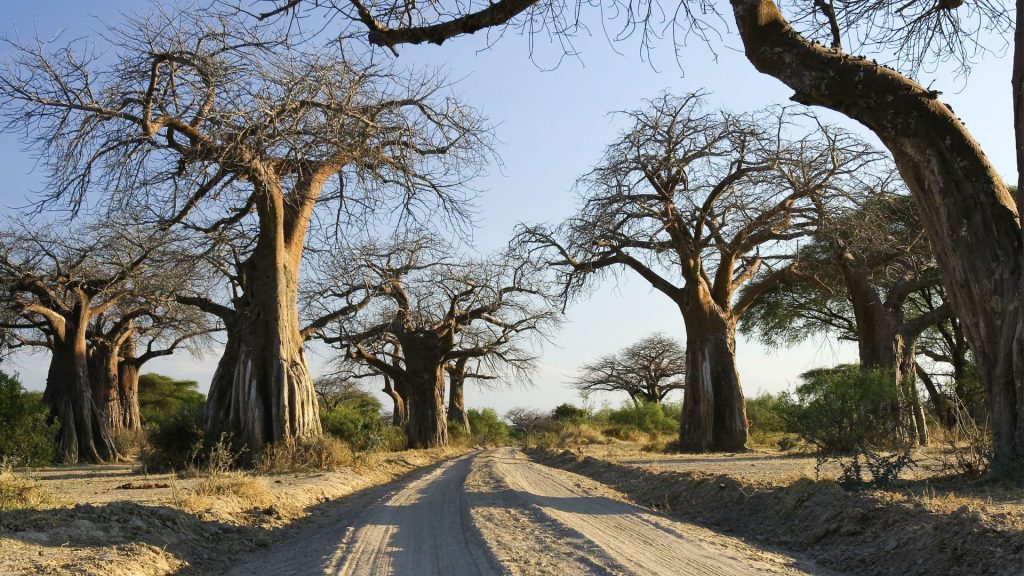
Stunning and Untouched Landscapes
The scenic mix of baobab-studded grasslands, rugged hills, riverine gorges, and palms frames dramatic sunsets and iconic vistas. The Great Ruaha River carves through this terrain, providing essential water during dry months and drawing diverse wildlife to its banks Hidden valleys like the Baobab Valley and miombo woodlands offer rare photographic opportunities and a sense of pristine wilderness
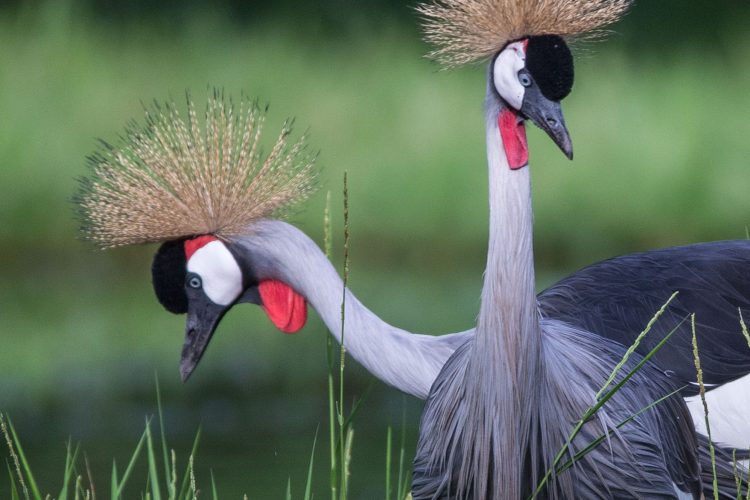
Birding Paradise with Over 570 Species
With more than 570 bird species recorded, Ruaha ranks as a top destination for birdwatchers and ornithologists alike, especially between October and March when migratory species arrive Expect sightings of fish eagles, goliath herons, kingfishers, red-billed hornbills, starlings, and many raptor species that thrive in its mosaic of habitats
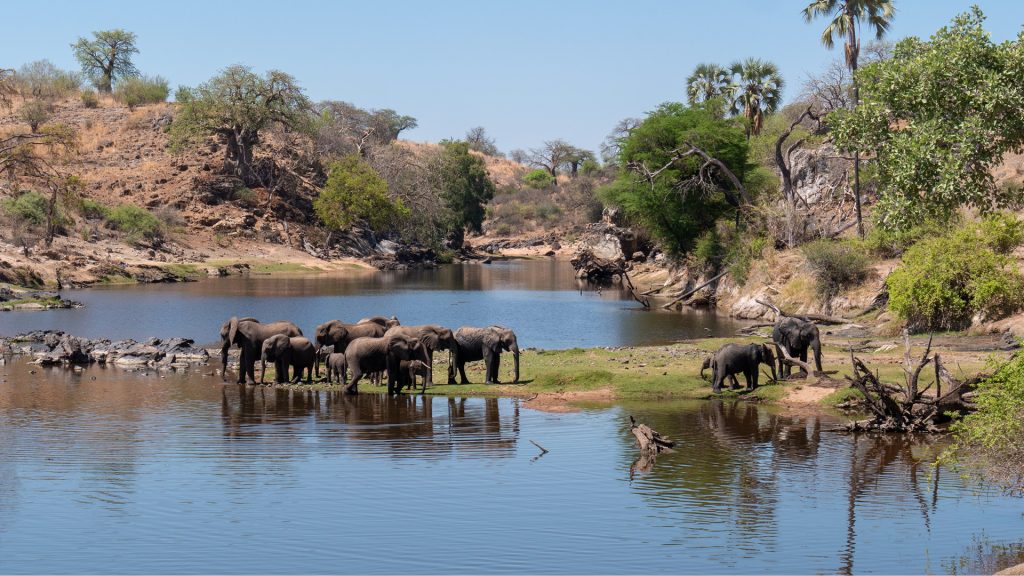
Bushwalks & Night Drives for Deeper Engagement
Ruaha stands out for allowing guided walking safaris, enabling travelers to explore animal tracks, plants, insects, and birds on foot with expert guides For those seeking nocturnal wildlife, night game drives reveal elusive creatures like civets, genets, bushbabies, nocturnal birds, and perhaps pangolins—often spotlighted along with thermal gear access.
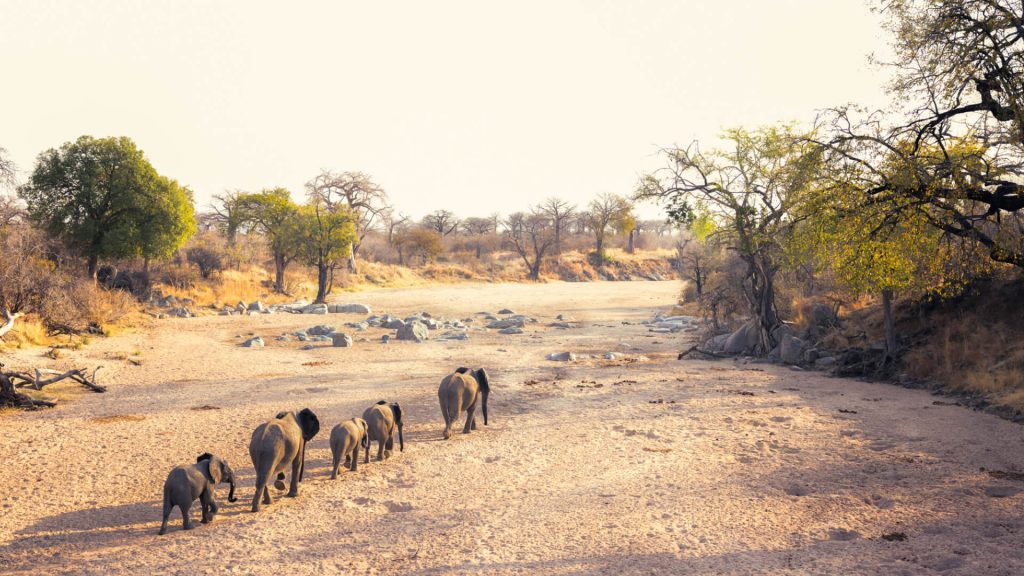
Exclusive Experience in a Low-Tourism Wilderness
Receiving fewer than 1% of Tanzania’s visitors, Ruaha offers solitude amid spectacular scenery. Its remote location ensures you’ll often have wildlife encounters to yourself—no crowded game drives here The few luxury lodges, such as Jabali Ridge and Kigelia Ruaha, are thoughtfully integrated into the environment, supporting conservation and community-led efforts for sustainable tourism development
